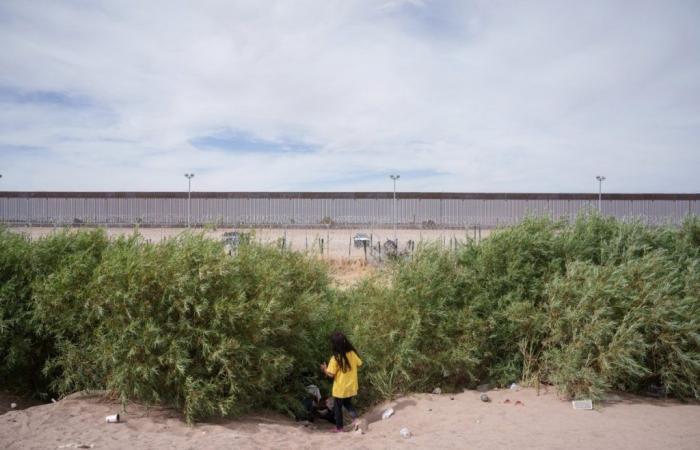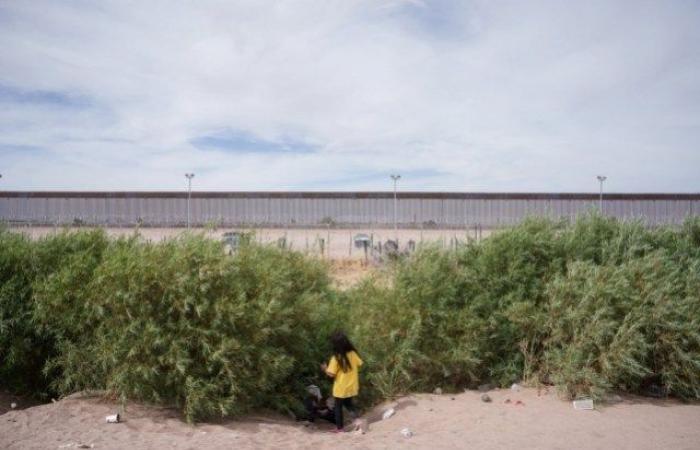After four months of trekking through the jungle and dodging corrupt officials, Carlos thought he was finally within reach of his destination: Houston, Texas. But the 39-year-old Venezuelan migrant arrived in Ciudad Juárez just days before President Joe Biden announced a plan to expel most border crossers.
By Houston Landing
“It was a shock to us,” said Carlos, who is being identified by name because he plans to apply for asylum. “Like a bucket of cold water.”
Biden announced an executive order on June 4 that will prohibit most people from seeking asylum between ports of entry. A week after the policy went into effect, border apprehensions have decreased slightly compared to the average of 3,700 daily apprehensions in May, according to advocates in El Paso who have seen data from Customs and Border Protection.
But migrants, shelter directors and migrant advocates at the border are still bracing for the full impact.
“This tends to happen every time there is a major announcement,” said Imelda Maynard, director of legal services at Estrella del Paso. “It seems like you always have to wait and see what happens before there is an increase in numbers again.”
How does it work
Last week’s policy announcement immediately caused confusion at the border as immigrant advocates questioned how it would be carried out.
The new rule implements an asylum ban when daily crossings reach 2,500. Border agents can then quickly deport migrants to Mexico or their home country after crossing between ports of entry. Immigrants will receive a deportation order, which carries a future ban on legal entry and can expose them to prosecution for repeated crossings.
With daily average crossings above the threshold in recent weeks, the new rule took effect immediately on June 5 at midnight.
The ban does not apply to immigrants who request an appointment for screening at a port of entry through the government smartphone app CBP One. However, the app’s months-long wait times and constant technical glitches have been criticized as a barrier to asylum.
The rule also includes an exemption for “operational considerations,” a nod to the fact that deporting people quickly depends on government resources and the cooperation of other countries.
Read more at Houston Landing







